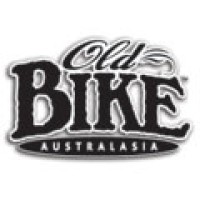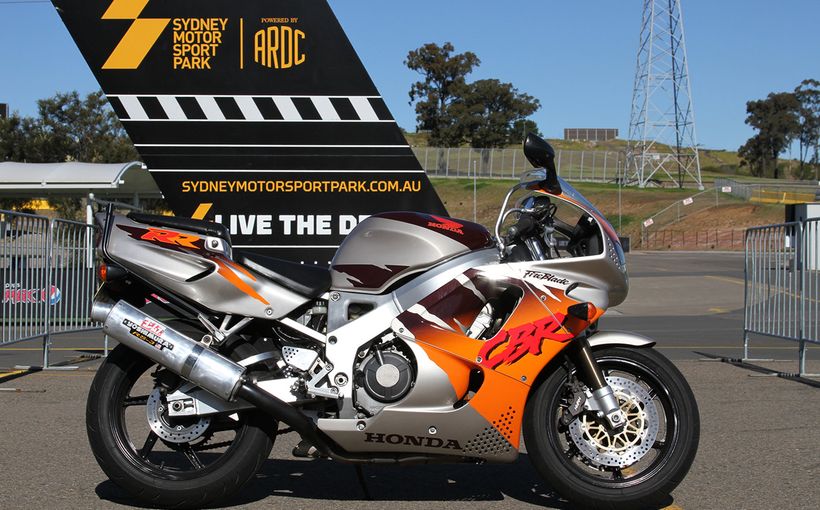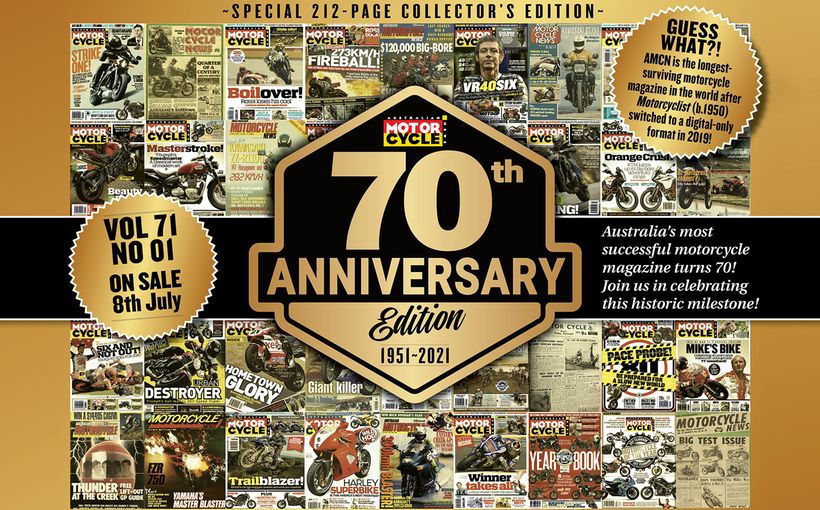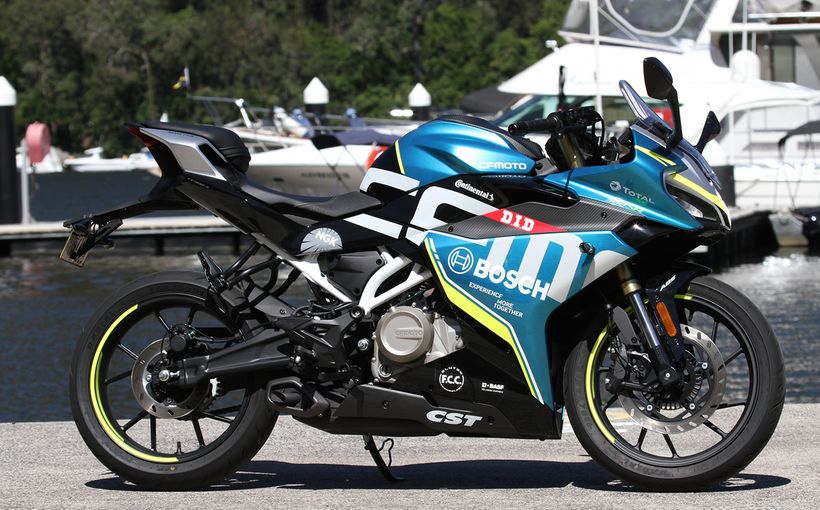
Ask a reader of OBA to name some British manufacturers famous for their bevel gear-driven overhead cam shaft engines and an overwhelming number would probably name Veloce Ltd. with their KTT and KSS machines and Norton Motors with their Manx and Internationals. A few might add Excelsior with their Manxman. But how many would mention the Matchless of Collier & Sons? Yet their 1928 catalogue boldly stated “The Model L/R2 is fitted with the famous MATCHLESS overhead camshaft engine, the pioneer of its type.”. If it were ever famous it was for a very short period; it blossomed in 1924 and died in 1929.
In the early 1920s Collier & Sons began designing a 350 OHC engine with the intention of having three machines ready to compete in the 1923 Isle of Man TT. When the engines were not ready in time Blackburn engines were fitted into the Matchless frames, but all failed to finish. Design of the OHC engine progressed through three different models until its demise in 1929. The head had a spherical combustion chamber and the large diameter valves, made from KE965 steel, were operated by rockers with rollers engaging with a camshaft carried on roller bearings in aluminium casing supported above the detachable head. A cross shaft at the rear of the crankcase, driven by spur gears from the crankcase, drove through bevel gears a vertical splined shaft carried inside a telescopic tubular casing. This shaft drove the camshaft through a second pair of bevel gears. The camshaft thus ran at right angles to the crankshaft and the inlet and exhaust ports were at the right and left side of the engine. On the 1924 engines the ports continued in 90° elbows cast within the head which resulted in both ports facing forward. The ball races supporting the vertical bevel gears were fitted in threaded housings, the bottom one into a brass casting on the crankcase and the top one into the aluminium camshaft housing.
While the design of the engine was advanced, the wet sump oiling system on the 1924 engines was rudimentary. From an oil tank located in the petrol tank a pipe ran down to a pump mounted on the timing chest which pumped oil back up to the cam box from where it found its way into the crankcase via the rear vertical shaft tube, the big end and other bearings being lubricated by oil mist. There was no lubrication of the valve guides. With its forward facing carburettor, exposed to rain and slush, and small brakes the model appears to have found little support among sporting riders, and did not sell well. In July 1924 a tester from “Motor Cycle” reported that the bike was “a perfect little brute to start” In certain circumstances, the engine “gasped like a sufferer from chronic asthma” It was, too “pettish, with a temper not too well kept under control” He considered the brakes were only so-so, but he did comment on the high standard of mechanical quietude.
It was conceded that lubrication of big ends by oil mist becomes unsatisfactory over 4,000 rpm due to centrifugal force, so in addition to the pump feeding oil to the cam box an auxiliary supply, was taken by gravity through a manually adjustable needle valve from a sight feed underneath the tank direct to the big end via ducts drilled through the flywheel and crankpin. The Instruction Book states “In ordinary circumstances this oil feed may be ignored, but for sustained high speed a steady drip feed via the sight feed should be maintained”.

In April 1926 a “Motor Cycling” road test found that “the machine was at all times a first-kick starter”. The general “nippiness” of the engine was one of the pleasing features…The acceleration in second gear was extremely good” The rear brake was efficient and at a price of £60 the bike “represented excellent value for money”. Three machines were entered in the 1926 TT but all failed to finish. Only one suffered mechanical failure, but at no time did any get above 12th on the leader board.
The design offered several advantages over the classical design adopted later by Velocette, Norton and others. With the bevel gear driving the vertical shaft mounted at the rear of the engine, and not on the crankshaft, the need to tightly control end float of the crankshaft was reduced. By reducing the cross shaft to half engine speed via the spur gears all the bevel gears could be the same size, and these and their bearings could be much larger than if the vertical shaft was at the side of the engine. By having a different number of teeth on the bevel and spur gears, slight variations in valve timing could be achieved by shifting one tooth back on a bevel and one tooth forward on a spur gear.
Even in its final form the oiling system left much to be desired when compared to a dry sump system. While few complete bikes have survived (I know of a 1927 and 1928 in Spain and a 1926 in England), there are several engines around the world, with damaged crankcases and broken or missing timing covers, indicating their fragility.
While the machines did have some success in trials, including 3 Gold Medals in the 1926 ISDT, the failure of the three machines in the 1926 TT must have been a blow to Collier & Sons, especially as a 350 OHC Velocette won by 10 minutes. More Velocette successes followed, a highlight in 1928 being the capture, by a 350cc KTT, of the One Hour record at 100.3 mph. And cammy Velos started to sell like hot cakes.
Why did the Matchless fail to sell? Certainly the fragility, especially of the valve gear of the pre-1926 models must have hampered sales initially, as probably did the odd appearance. Lack of TT success later, in comparison to the Velocette wouldn’t have helped either. Possibly Collier & Sons believed the OHC Velocettes had obtained such a lead in the 350 sports bike field that the expense of redesigning a competitive motor couldn’t be justified. No more “Famous” 350cc OHC Matchlesses were ever built, while Veloce Ltd. went on to produce over 11,500 350cc OHC Velocettes. Machines that might truly deserve the accolade “Famous.”
Restoring a 1928 L/R2 Matchless.
This bike was first registered in Victoria with the number VIC 9222, and reregistered 15/6/1940 as VIC 27475. Daryl Haslem, a very good friend of mine, purchased it in the mid-1940s as a typical basket case. In the mid-80s I took it in part exchange for a 1938 MSS Velocette. It was in very poor condition. The connecting rod was broken near the little end eye, with signs of previous breakage and welding near the big end. The barrel was cracked and the inner and outer timing covers had been broken and badly welded. The clutch was a mess, and the outer cover of the gearbox was damaged around the kickstarter shaft. The oil tank was missing, as well as many other frame parts.
During a visit to England Daryl purchased a used complete rocker box and vertical drive tunnel, the only LR spares he could find. In the 70s finding that the bore and stroke of the G3L Matchless was the same as the LR, he purchased from the UK a new G3L conrod and big end at £20, and piston assembly at £10. With sales tax and freight total was Aust $67.12. How much would these parts cost today?
He wrote to Associated Motor Cycles Ltd. regarding the LR models and received a letter dated 24th April 1946 signed by F. Neill, the Assistant Service Manager, and author of the Pearson books and later service and overhaul manuals for AJS and Matchless. Fred Neill rode one of the three Blackburn-engined Matchless machines in the 1923 Junior Isle of Man TT race when all retired. He won gold on an LR at the 1926 ISDT. Parts of the letter read:
“ This was one of the first O.H.Camshafts made and its design was far in advance of any other O.H.V. engine. It had a lot of good features, and in particular, there is only one plain bearing in the engine, which is the gudgeon pin bush. Conversely the engine was somewhat noisy mechanically, unless the bevels were very carefully adjusted to take up back-lash. The writer achieved some considerable success in speed events, and at his best, was timed at a little over 90 m.p.h. which was a reasonably good speed in the days when this machine was in production.
Unfortunately, there are no spares left for this early Model, and as a point of interest, we have located an old Instruction Book and Spare Parts List which we will send to you, and which we think may prove of interest”

At swap meets I was fortunate to pick up a V2/LR2 frame complete with an oil tank and a couple of Sturmey Archer gearboxes, but I quickly learnt there was a big difference between the two stud, light weight, close ratio LR box and most others. Numerous other bits and pieces were collected.
With some trepidation I bored the big end pin holes in the flywheels to accept the larger diameter G3L big end and machined the inside faces of the flywheels to accommodate the slighter wider connecting rod. The main bearings consisted of two rows of rollers in brass cages running directly on the main shafts and in sleeves in the crankcase. The main shafts were worn to the extent that fitting new rollers was not an option. The old bearings were replaced by INA caged needle rollers running on sleeves pushed onto the shafts. Daryl had made a new intermediate timing gear as the original was missing. The valve seats in the head were in good condition, but the threaded exhaust stub was broken as were a couple of fins. The exhaust port was bored out and a new stub, threaded at one end to suit a brass exhaust nut, was brazed into the head. The broken fins were built up. New valves and guides were fitted. Illustrations of early engines show them fitted with conical valve springs, but this motor was fitted with parallel springs with appropriate top and bottom washers which were retained. The lobes on the best camshaft were dressed and the 52 crowded rollers that support the rocker spindles were replaced. The bearings supporting the vertical bevels, the bevel end of the camshaft, and the driven end of the cross shaft were single row angular contact ball bearings readily available at $7.50 each in 1983. Because all the bearings were standard sizes and readily available the total cost of replacing all the engine bearings, including the big end was $77.
Daryl had already made a pattern and had a new barrel cast. I finished machining this and had it sleeved to suit the standard G3L piston. Apart from having three rings instead of two the dimensions were the same as the original piston. Using the welded inner and outer timing covers as patterns new ones were cast and heat treated by TP castings. These were machined by myself and when fitted to the engine it was obvious the magneto could not be fitted if the engine was fitted into the Matchless frame. I had fallen into the trap of accepting what someone else had done as being satisfactory. The original gearbox plates had been altered so it is possible that the covers had been altered so the engine could be fitted in a different frame. I made new rear engine/gearbox plates and fitted the engine, gearbox and magneto into the frame and made new patterns for the timing covers, had another lot of castings made and machined. All very time consuming.

The Lucas magneto was overhauled, including a rewound armature. A new duplex Pilgrim oil pump was fitted and new oil and petrol pipes made. An all-brass Amal carburettor was fitted in place of the badly worn B & B. The gearbox was rebuilt and a new Albion clutch was modified to replace the very badly worn original single spring type. Surprisingly the wheel hubs and rims were in excellent condition. They were stripped for painting of the hubs, rims and spokes and the wheels were rebuilt using new nipples and original spokes. The rear brake drum was so badly worn that a new outer had to be machined and welded on. New linings were bonded to the brake shoes. New gearbox and rear sprockets were made. The mudguards, oil and petrol tank needed little work to prepare them for painting, in contrast to the primary chain cover. The rear stand was badly broken and after wasting a lot of time trying to salvage it I found a good one that was easily altered to fit. New spindles, bushes, nuts and washers etc were made for the front forks. New handlebars were made. The original throttle control had been an axial type which gave a straight pull on the cable running through the handle bars. It was very badly worn, but I found a new control from an LE Velocette fitted perfectly.

New footrest rubbers, tank knee pads, tyres etc were fitted and petrol tank was painted and lined. A new exhaust pipe was made and for the time being a tubular silencer fitted.
More than 65 years ago Daryl had the foresight to rescue this rare machine at a time few people thought old bikes were worth keeping. He died before restoration was completed, but I hope he would have approved the outcome and felt that his efforts to save it were justified.
Matchless L/R2 Specifications
ENGINE Single cylinder. Single overhead camshaft.
CAPACITY 347cc
BORE/STROKE 69mm x 93mm
COMP. RATIO 6.04 : 1 Standard piston 7.21 : 1 High comp piston
OUTPUT 16½ B.H.P. at 5,000 r.p.m.
CARBURATION 2 lever sports. Twist grip control optional for export.
TRANSMISSION 3 speed, close ratio, constant mesh, hand change.
GEAR RATIOS 5.4, 7.2 and 11.8
ELECTRICAL Lucas HT magneto. No electric lighting available
TYRES 19” x 3.25”
BRAKES 8” diameter drums, both foot operated. Hand lever for front brake available at no extra cost.
WHEEL BASE 4 Ft 4 In.
FUEL Petrol tank 2 Gallons (9.1 litres) Consumption 95 to 115 m.p.g.
WEIGHT 225 Lbs. (102kg)
TOP SPEED 70 to 75 m.p.h. (112 to 120 k.p.h.)
Protect your Classic. Call Shannons Insurance on 13 46 46 to get a quote today.










